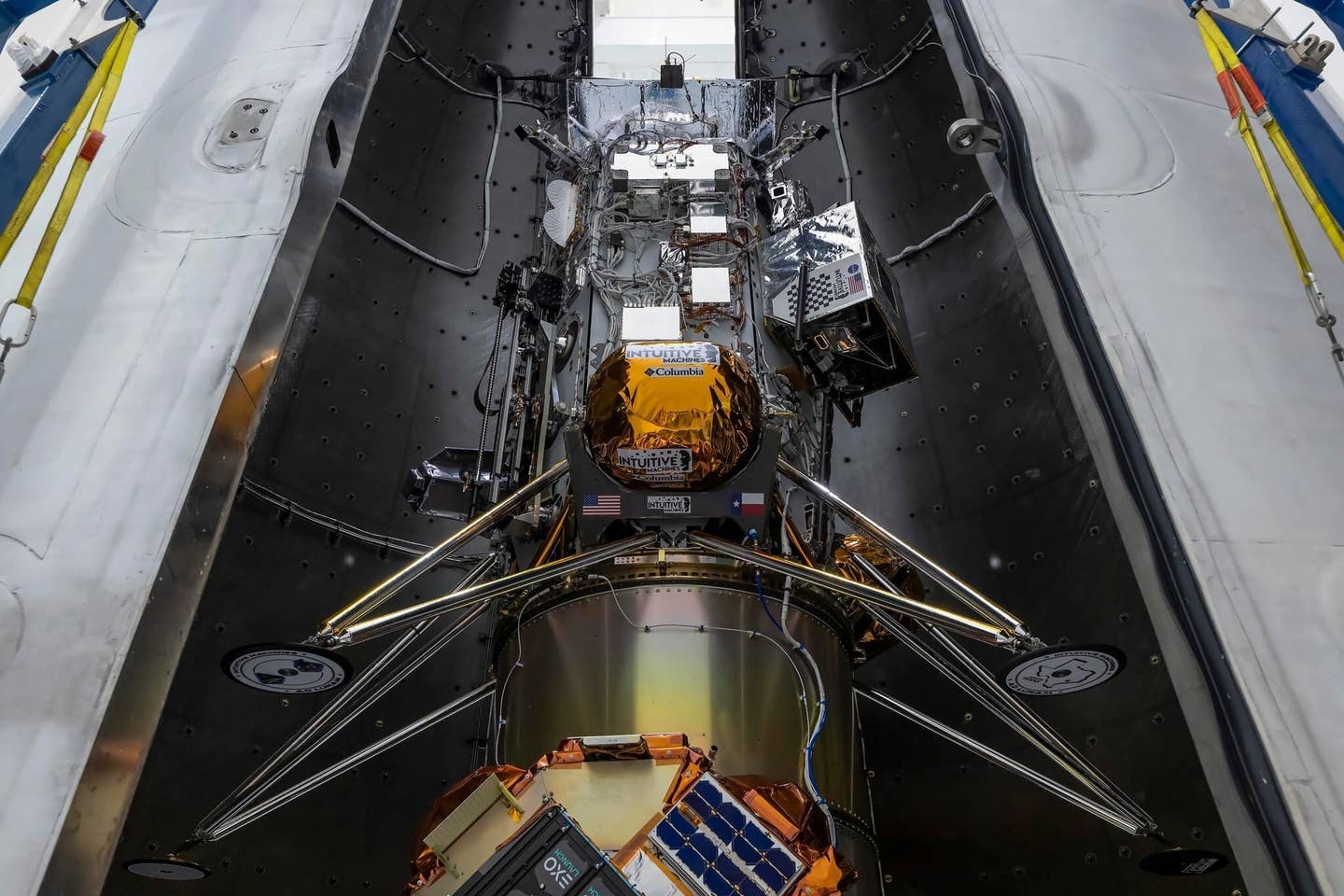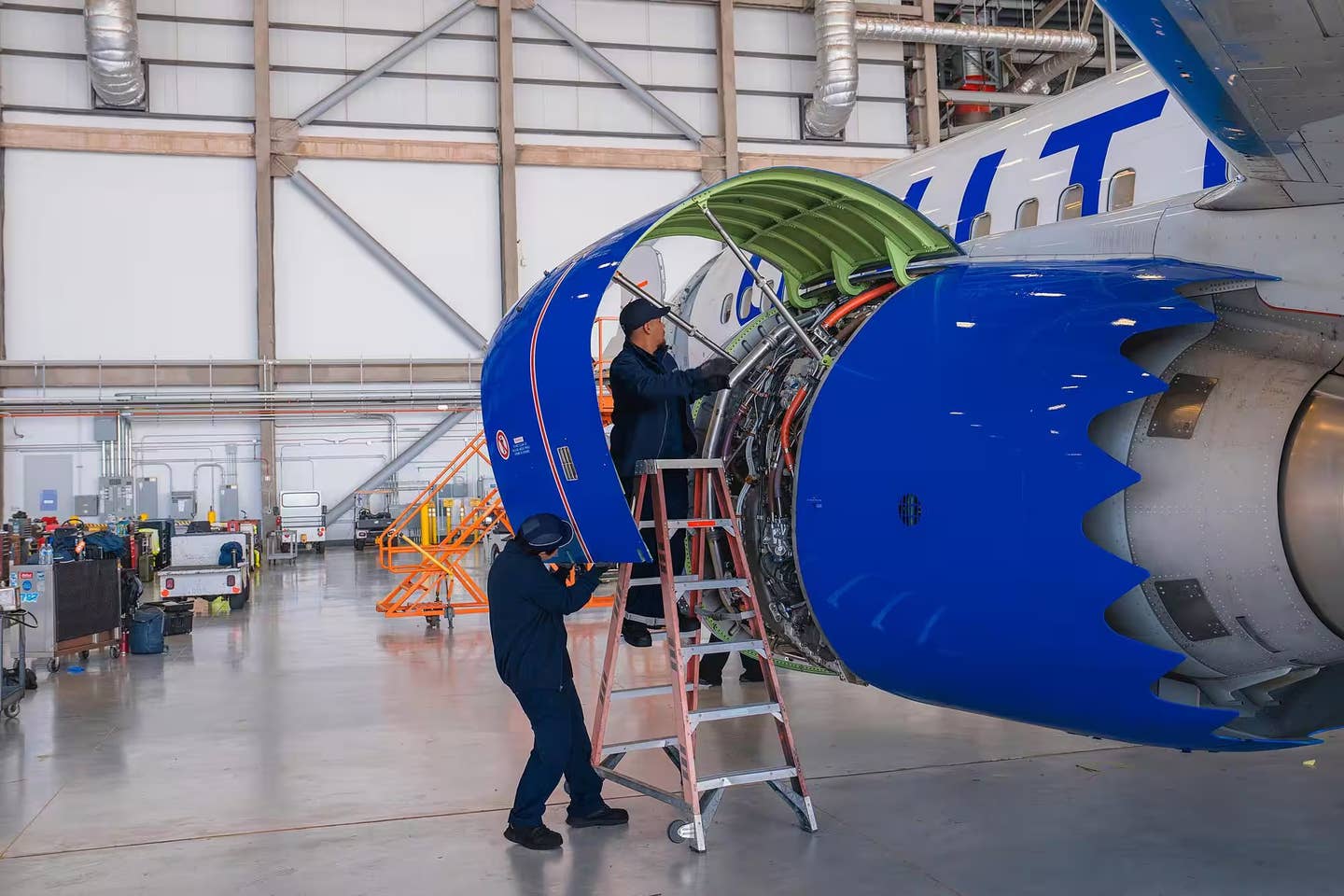
That New York Times story about a secret government UFO program and close encounters between Navy airmen and unexplained flying objects over the vast Pacific Ocean reads like a science fiction story.
Which was how the paper wanted it.
Scratch beneath the veneer of the borderline-sensationalist reporting and we’re left with many more head-scratching questions than answers.
The eyewitness account of former F/A-18 Super Hornet pilot David Fravor is certainly intriguing — and yet he wasn't even a part of the original Times story, which focused on the money trail behind the UFO hunting effort and interviews with those who are "absolutely convinced" that aliens exist and that UFOs have visited Earth.
The Times story touched off a flurry of breathless reporting by media outlets around the world, most of which seem to have failed to notice that the Times' original reporting has some major problems with it. Here are the five of the most glaring.
1. The Pentagon didn’t release those UFO videos, an official connected to a Las Vegas company who resigned in October did.
The New York Times story makes it seem as though the release of the videos came from high-level government officials, glossing over the information that the disclosures were actually spearheaded by an official who led the Pentagon's relatively small UFO hunting program and who has since resigned to join a Las Vegas company called To the Stars Academy of the Arts and Sciences that is seeking private funding for more UFO research. That's a major distinction that most in the media appear to be ignoring since the original Times report appeared.
2. The Pentagon UFO program’s prime contractor claims to possess mysterious metal alloys that exhibit mystical powers — but won’t show them to anyone.
Bigelow Aerospace, another Nevada-based company, which received most of the Pentagon funding for the UFO research project, reportedly collected mysterious alloys from UFOs that physically affected people who interacted with them. Never mind there are obvious conflicts of interest between Bigelow Aerospace’s billionaire founder Robert Bigelow and his friend, former Nevada Sen. Harry Reid, who pushed for the $22 million in funding for the government’s UFO program in the first place — what we want to know is, why all the continued secrecy surrounding these alloys and other UFO findings?
3. One of the authors of the Times article wrote a book about UFOs and doesn’t even work for the paper.
After its UFO story appeared in its Sunday edition, the Times divulged that one of the bylined authors wasn't an employee of the paper but rather is a UFO hunter named Leslie Kean who has written a book on the subject with a forward by John Podesta, another well-known UFO conspiracy theorist who used to throw "X Files" viewing parties in the White House when he worked there during the Clinton years. In fact, not only did Kean help write the article, she was the one who pitched the story to the Times in the first place. At best, shouldn't she merely have been interviewed for the story? Why was she permitted to be a part of the writing and vetting process?
4. In one of the videos, a Navy airman says “That's a [bleeping] drone.” Why are we doubting him?
In the only UFO video released with pilot audio accompanying it, a Navy airman describes the object he is following as a “drone.” The object does not appear to do anything particularly unusual in this video. Nobody claims that the object did anything unusual. The Pentagon won’t even say where and when the video was shot. Was it a drone?
5. There are plausible explanations for these videos and eyewitness accounts. Where is the rest of the evidence?
Far from proving that our planet has been visited by aliens in aerodynamically advanced space craft, the videos and eyewitness accounts that emerged in the Times story and elsewhere merely provide a starting point for further investigation and inevitably lead to more questions. That's what makes all of the secrecy and intrigue still surrounding this story so frustrating for the public. The New York Times has dangled this carrot in front of the world, and now leaves us all wondering if the people who claim to know more will ever divulge that information, or merely continue to direct us to the "Donate Here" buttons on their websites.

Sign-up for newsletters & special offers!
Get the latest FLYING stories & special offers delivered directly to your inbox






